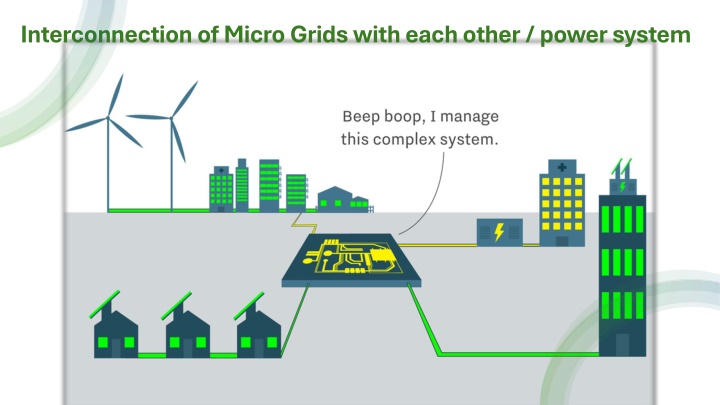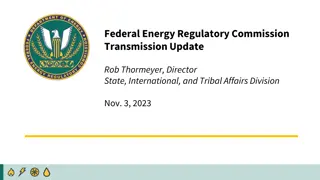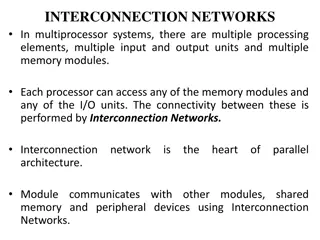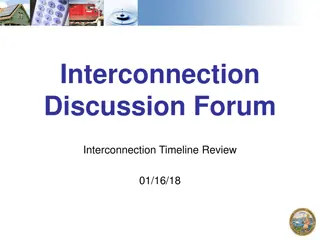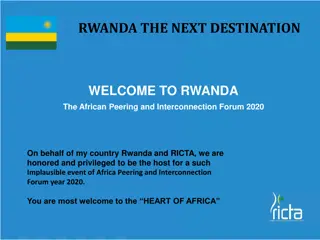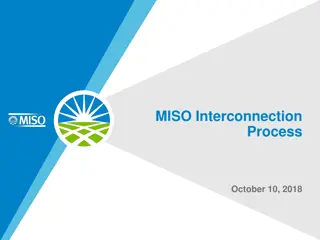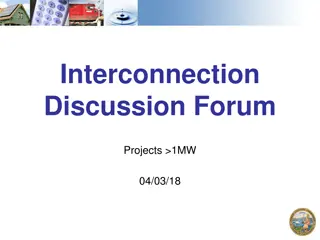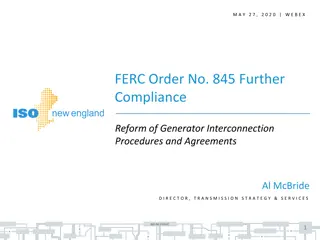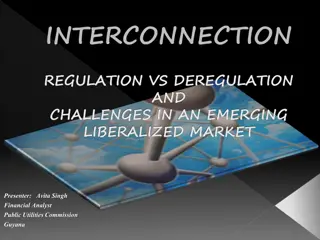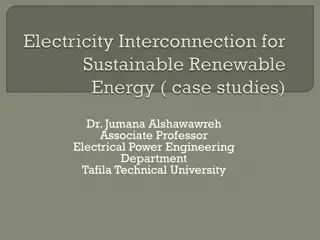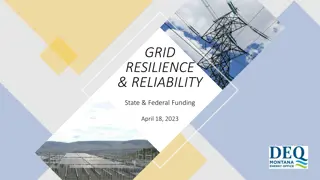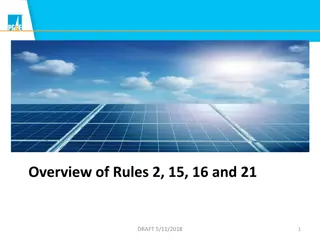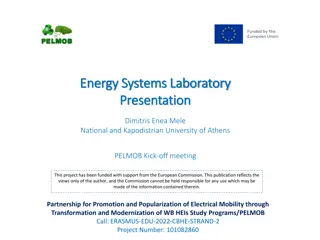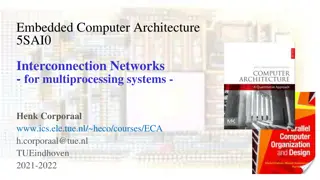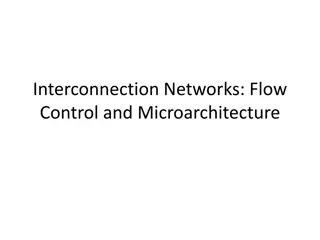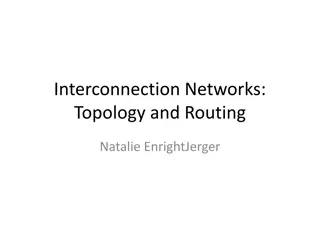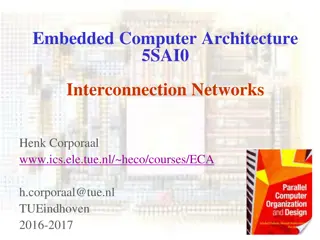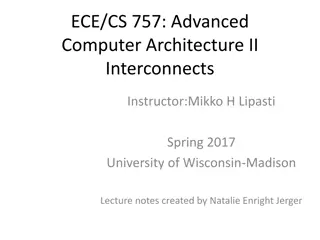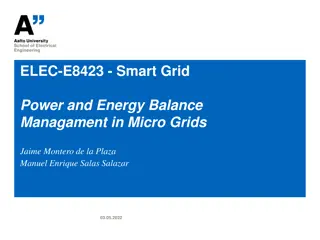Interconnection of Microgrids and Power Systems
A microgrid is a self-sufficient system that supplies and consumes electricity in a defined area, offering benefits such as energy security, resilience, and cost savings. This system includes components like production units, consumers, distribution networks, controllers, energy storage solutions, and backup connections to the main grid. Microgrids can operate in island mode for remote locations or grid-connected mode to strengthen the overall grid. Internal electric structures of microgrids involve production methods, local controllers, circuit breakers, distribution lines, control centers, and off-takers. Hierarchical control within microgrids manages power output, power sharing, voltage regulation, frequency compensation, energy management, and global power flow optimization. Interconnections with the main grid or other microgrids use static switches to ensure efficient energy flow. Microgrid control systems aim to achieve proper load sharing, coordinated generator operation, and voltage regulation.
Uploaded on Mar 12, 2025 | 0 Views
Download Presentation

Please find below an Image/Link to download the presentation.
The content on the website is provided AS IS for your information and personal use only. It may not be sold, licensed, or shared on other websites without obtaining consent from the author.If you encounter any issues during the download, it is possible that the publisher has removed the file from their server.
You are allowed to download the files provided on this website for personal or commercial use, subject to the condition that they are used lawfully. All files are the property of their respective owners.
The content on the website is provided AS IS for your information and personal use only. It may not be sold, licensed, or shared on other websites without obtaining consent from the author.
E N D
Presentation Transcript
Interconnection of Micro Grids with each other / power system
What is a microgrid? o MG are self-sufficient systems that supply and consume electricity in a defined area such as a neighborhood or a campus Types: o Island mode o Grid-connected mode Microgrid basics What parts does a MG have to have? o There must always be production, a consumer, distribution network and a controller. Preferably there would also be an energy storage solution and a backup connection to the main grid.
Why micro grids? 1. Building self-sufficiency in energy production and there for distributed generation helps with energy security. Resilience and reliability increases Great solution for renewable energy production Has the possibility to lower costs for the consumer, especially over the entire lifetime Island mode: Electricity production in remote locations without expensive connections Grid-connected mode: Strengthens the grid itself by supplying surplus energy and helping with balance. 2. 3. 4. 5.
Internal electric structure of micro grids Production methods including... 1. local controllers of the loads and the micro sources (+energy storage) 2. a circuit breaker to connect or disconnect it from the rest of the grid if necessary + Distribution lines + Main control center + Off-taker
Interconnection with the main grid or other micro grids Static switch (SS) Static switch (SS)
Microgrid Hierarchical control Local Control: Manages RES output power Consist of voltage and current loop control Secondary Control: Provides power sharing and compensates for voltage and frequency deviations Central/Emergency Control: Operates as an Energy Management System (EMS) Global Control: Manages power flow between Microgrids and the main grid Facilitates economically optimal operation
Microgrid Control System Objectives Ensure proper load sharing and coordination of distributed generators Regulate voltage and frequency in both operating modes Facilitate seamless transition between grid-connected and islanded modes Resynchronize Microgrid with the main grid when necessary Optimize operating costs for efficient energy management Control power flow between Microgrids, neighboring grids, and the main grid Provide ancillary services and support to enhance grid stability
Challenges Intermittent Characteristics of Renewable Energy Sources Time-Varying Loads in Microgrids Bidirectional Power Flow Complexity Dynamic Modeling and Stability Balancing Generation and Load in Islanded Mode Coordination of Market Activities
Conclusion Microgrids play a vital role in increasing the use of renewable energy sources within the power system. By enhancing electric reliability and resilience and potentially reducing energy expenses, microgrids are crucial for the future of the power system. It is important to address the challenges faced by microgrids in both operational modes to ensure their effective functioning.
Source material used https://ieeexplore.ieee.org/document/8023892 https://ieeexplore.ieee.org/document/7350150 https://ieeexplore.ieee.org/document/7042324 https://ieeexplore.ieee.org/document/8726309 https://ieeexplore.ieee.org/document/7046443 https://ieeexplore.ieee.org/stamp/stamp.jsp?arnu mber=6423249 https://ieeexplore.ieee.org/stamp/stamp.jsp?tp=& arnumber=7582518 https://247mesa.com/microgrid-controllers- functions-and-benefits/
